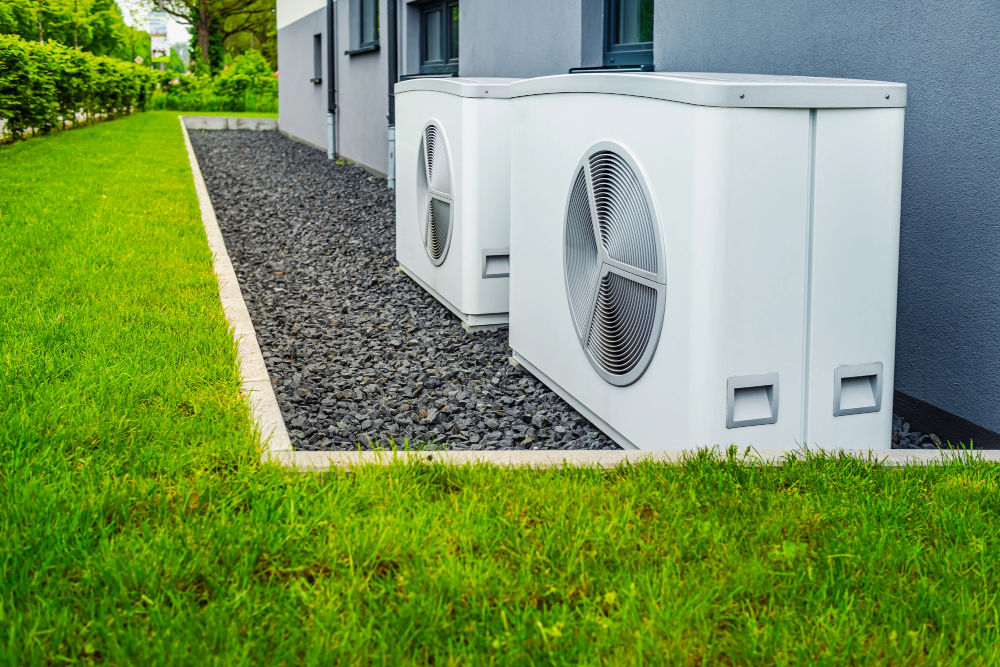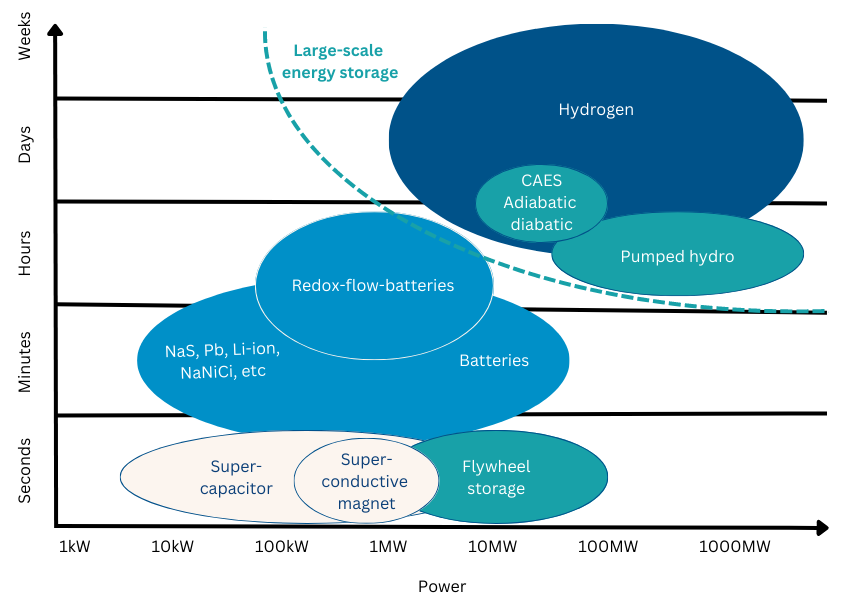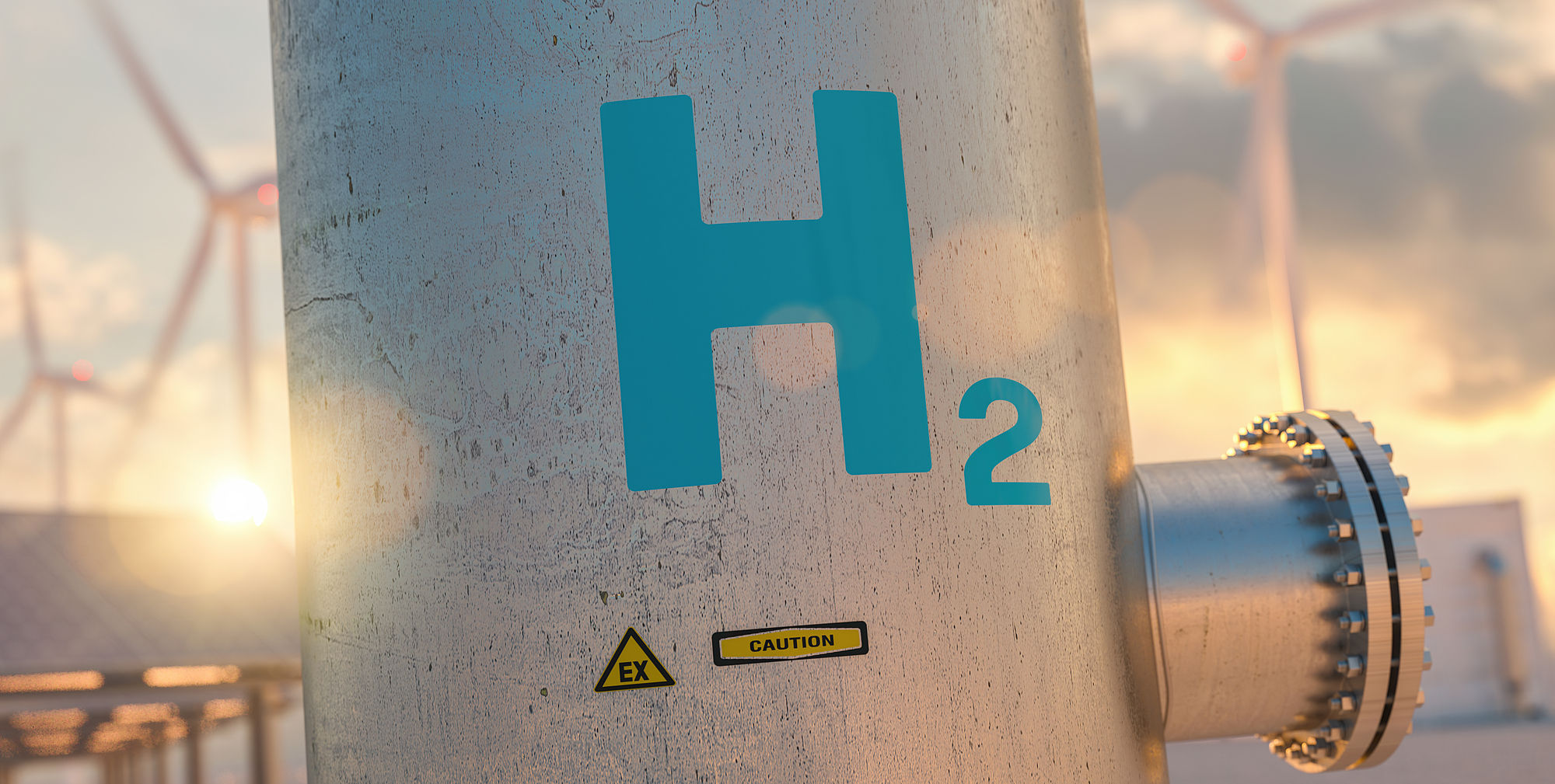Fair Comment
Recently, Energy Secretary Grant Shapps said that the hydrogen grid will not replace the gas grid for buildings.
I believe he happens to be correct; however, I believe hydrogen will be the next big thing but in other areas. In this article, I will attempt to distil why it has a big role to play in building decarbonisation without the jargon and without having a stake in any particular technology.
Hydrogen in Heating
In the past couple of years we’ve seen a lot of discussion and product testing around hydrogen boilers or blending hydrogen into natural gas supply to decarbonise heating. In spite of all this there are several factors and obstacles that in themselves may be manageable but in combination will make the conversion of the UK’s gas grid to a hydrogen grid unlikely:
Infrastructure:
- The UK’s existing gas grid was designed for natural gas, not hydrogen, so hydrogen would require a massive overhaul of the entire gas distribution system. The extensive and well-established gas grid, with thousands of kilometres of pipelines, would need costly upgrades or replacements to handle hydrogen’s different properties and ensure safety standards.
- A study by HSE estimated the cost of converting just 17% of the UK’s gas network to hydrogen to be around £22 billion, making it economically challenging compared to other potential low-carbon solutions.

Appliance and Building Retrofit Challenges:
- Adapting appliances and heating systems for hydrogen poses technical challenges. Many gas appliances, like boilers and cookers, are designed for natural gas and would need to be replaced en masse for hydrogen compatibility.
- Retrofitting buildings for hydrogen heating is expensive and disruptive. Replacing all gas boilers in the UK with hydrogen boilers would incur significant costs and requires changes to local pipework and ventilation. Considering other available options, committing to such an enormous undertaking for hydrogen might be a step too far.
Safety:
- Hydrogen has different safety characteristics compared to natural gas and has increased flammability and explosion risks due to hydrogen’s wide flammability range.
- Hydrogen behaves differently from natural gas for pressurisation, necessitating changes to operating pressures throughout the gas grid to make hydrogen work properly.
- Some metals used in the current gas grid may react with hydrogen, causing them to become brittle and potentially leading to leaks or failures.
- There will be a need for specialised leak detection systems and new rapid response measures.
Hydrogen Production and Supply:
- Scaling up hydrogen production to meet the demands of the entire gas grid would require a massive increase in low-carbon hydrogen production. Currently, low-carbon hydrogen is limited in supply and more expensive to produce than natural gas, making it an economically challenging option for widespread use in the gas grid.
- Hydrogen production from low-carbon sources, such as electrolysis using renewable energy, is ultimately the answer. However, this would require a significant expansion of renewable energy capacity and associated infrastructure development, which would involve high costs and time-consuming efforts. This should not be the main impediment as the capital expenditure could provide a return on investment when used in the right context.
The Future's Electric
This may have painted a somewhat bleak future for hydrogen heating; however, like many things in life, it’s more about how you use it. When it comes to heating buildings, electrification is likely the better option. Here’s why:
Existing Infrastructure Compatibility:
- Electrification of heating systems is more compatible with the existing electricity grid and buildings. Most buildings in the UK are already connected to the electricity grid, and transitioning to electric heating can be achieved with minimal infrastructure modifications, making it a quicker and less costly process.
Energy Efficiency:
- Electrification using heat pumps provides higher energy efficiency compared to hydrogen heating. Heat pumps transfer heat from the environment rather than directly generating heat, making them more efficient at converting electricity to heat. This efficiency translates to lower energy consumption and reduced energy costs for consumers.

Cost-Effectiveness:
- Electrification can be a more cost-effective solution compared to hydrogen heating (when coupled with moderate energy efficiency), especially when considering the extensive infrastructure changes and storage requirements needed for hydrogen. The lower cost of installing and maintaining heat pump equipment can lead to cost savings for consumers in the long run.
Technological Maturity:
- Heat pump technology for electrification is well-established and readily available in the market. It has been used in various applications for heating and cooling for many years. In contrast, large-scale hydrogen heating systems are still in the early stages of development, with several technical challenges to overcome.
Flexibility:
- Electrification offers a flexible adoption approach, where buildings can gradually transition to electric heating as old heating systems reach the end of their lifecycle. This phased approach allows for a smooth and cost-effective transition without the need for a sudden and extensive infrastructure overhaul.
It's How You Use It
So, what is the role of hydrogen in building decarbonisation? It is in electrification. Green hydrogen must be used for electricity production and long-term storage. The UK is well positioned in this regard, and this approach would provide the following advantages:
Renewable Energy Integration:
- Green hydrogen can be produced through electrolysis using the UK’s renewable energy sources, namely wind, but also potentially solar or hydro. It finally provides a means to store and utilise excess renewable energy generated during periods of high production, which happens increasingly frequently in UK summers. By converting surplus renewable electricity into hydrogen, green hydrogen cracks the nut of integrating variable renewable energy sources into the grid more effectively.
Long-Term Energy Storage:
- Green hydrogen can serve as the most sustainable long-term energy storage solution. Unlike some battery technologies that have limited storage duration and have horrendous environmental impacts (lithium-ion batteries, for example), hydrogen can be stored for extended periods without significant energy losses. It can also be stored in large quantities and released when needed, helping to balance supply and demand fluctuations over longer timeframes.

Scalability and Capacity:
- Hydrogen has a high energy density per unit mass, allowing for the storage of substantial amounts of energy. This scalability enables green hydrogen to support the reliable and stable supply of electricity, particularly during periods of high demand or when renewable energy generation is low.
Grid Flexibility and Balancing:
- Green hydrogen can enhance grid flexibility and balancing capabilities. Hydrogen can be converted back into electricity through fuel cells or gas turbines when demand increases or renewable energy availability is limited. This flexibility allows for a more stable and reliable grid, reducing reliance on fossil fuels during peak demand periods.
Sector Synergies:
- Green hydrogen has the potential for synergies, facilitating the decarbonisation of various other sectors such as transportation (shipping and air) and industrial processes, providing a low-carbon energy solution with more scale.
Keep it Simple
Chris Hocknell, Director
Chris brings over 18 years’ experience of supporting the built environment and corporate world with their sustainability goals. Specialising in sustainability strategy development, Chris works closely with clients to assess and understand their carbon and environmental footprint.






